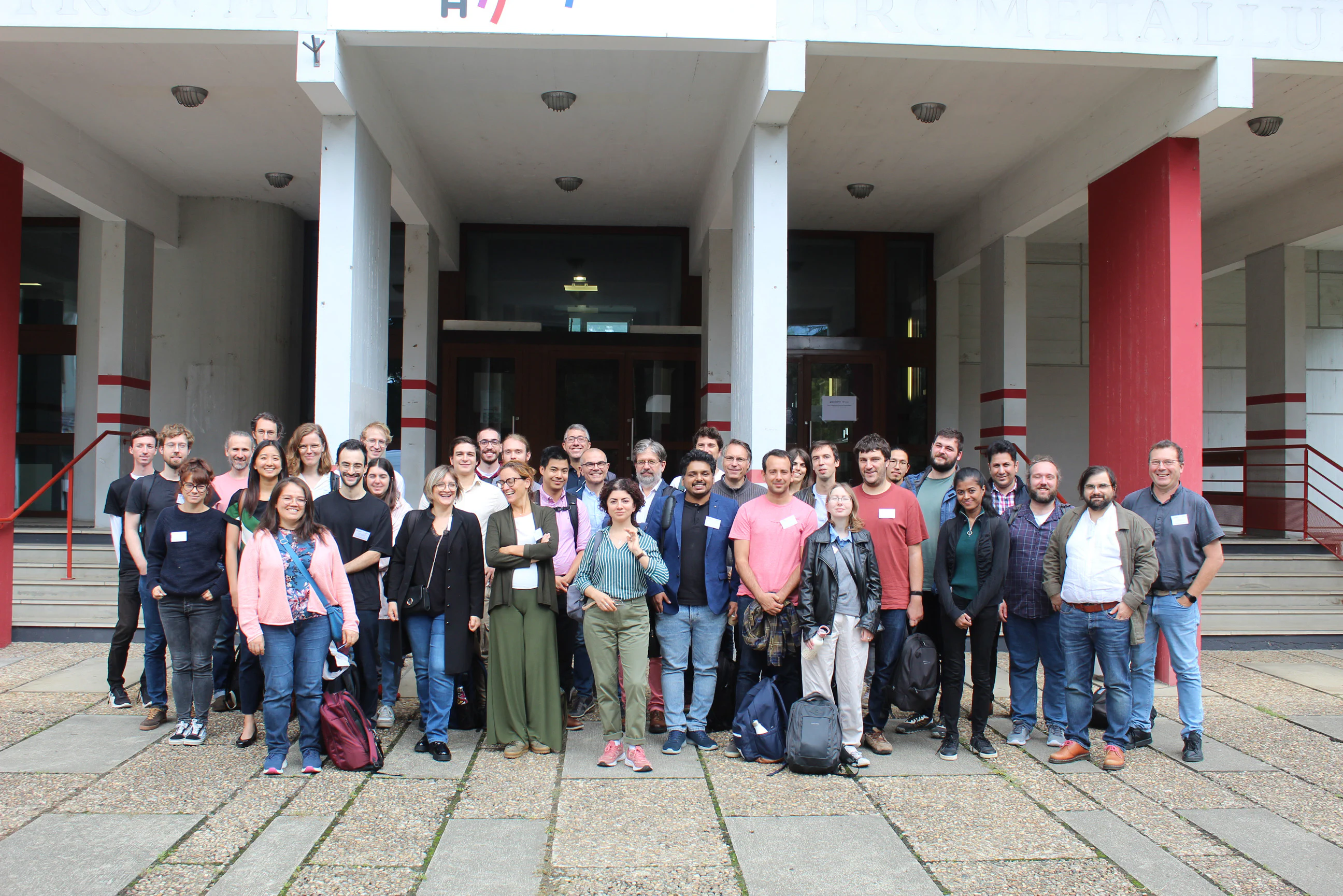
Machine Learning Interatomic Potentials (MLIPs) have positioned themselves as a key tool for atomistic modeling in materials science. MLIPs cover an expansive range of systems, taking advantage of the highly accurate electronic structure calculations based on quantum mechanics, but at a significantly lower computational cost. They allow to scale up atomistic simulations to larger systems, longer timescales, and more complex phenomena; they therefore significantly contribute to the acceleration of the discovery of novel structural and functional materials, and in the advancements in our understanding of matter. Ground-breaking bodies of work have been published since the seminal work of Behler and Parrinello in 2007, transforming the field into a rapidly evolving research discipline. However, alongside these advancements, a crucial challenge emerges: the need for standardized protocols for MLIP generation and storage, as well as comprehensive, accessible databases for ab initio datasets.
Taken by Joao Paulo Almeida De Mendonca